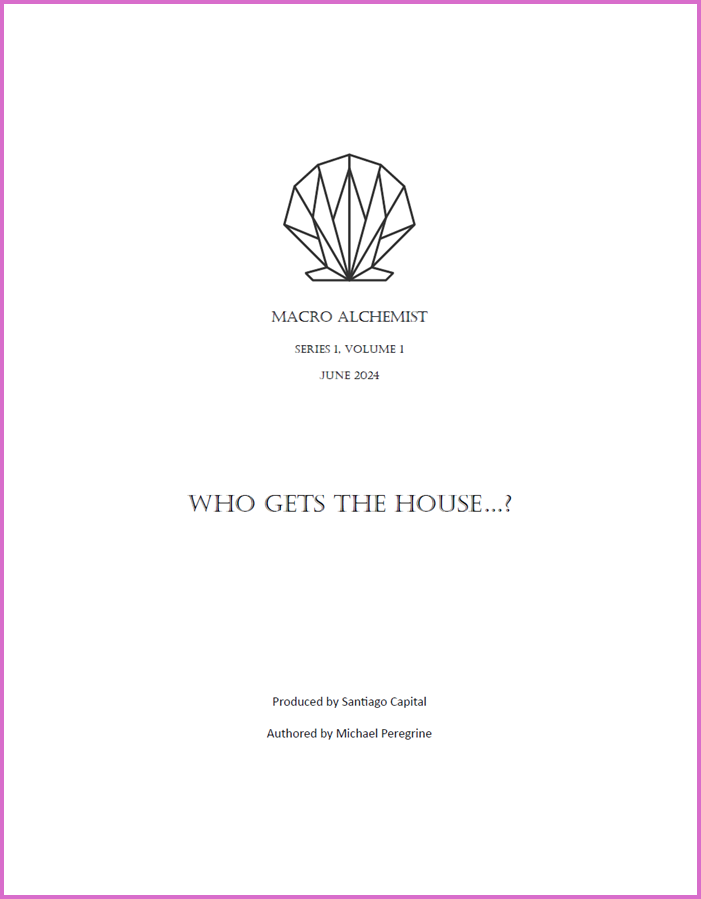Locked Up
Architects of our own confinement
Executive Summary
We thought we were building/buying fortresses.
One by one, we laid the bricks — each decision measured, each choice a safeguard against the storms we knew would one day come. It felt prudent. It felt safe.
And for a time, it was.
But over months and years, the walls rose higher, the doors closed tighter, and somewhere along the way, the line between security and confinement disappeared. What once felt like freedom now feels immovable.
Being able to lock in mortgage rates at unprecedented levels was eagerly taken up by millions of borrowers.
In fact, more than 70% of fixed mortgage rates are fixed at 4% or below. With mortgage rates now hovering around 7%, this has proven to be a masterstroke — on first principles.
But what happens to the housing market where many of these borrowers are now locked into such low rates, unable to further participate in the housing market because doing so would mean higher new borrowing costs?
What lies in store for mortgagees who have drawn down on their post-COVID savings, who are now faced with increasing cost of living pressures?
With historically low affordability, first home buyers — the lifeblood of a vibrant housing market — are priced out in increasing numbers.
This means that as increasing volumes of houses for sale enter the market, there must be, by definition, a correction in house prices.
While the pathway for interest rates is possibly down, meaning affordability will potentially increase, record house prices, and record house prices relative to income will mean such affordability will take place at the margin only.
The affordability gap relative to median income has become much too wide for lower rates to make a meaningful difference to affordability.
These are the second and third order effects of the Fed’s interest rate policies of recent years.
Furthermore, interest rates are lowered because the economic outlook is weaker. Such weakness will impact the labour market, meaning unemployment will likely rise.
Should this occur, mortgage delinquencies will increase, and more distressed sellers will hit the market.
There are structural pressures already building in the housing market. Keeping rates at artificially low levels has seen the reemergence of inflation after decades of being under control.
This means the structural upward pressures on interest rates will remain, as the economic pendulum has changed direction.
What are the costs and consequences of the zero interest rate policy strategy that ultimately led to these current issues?
We believe we are only beginning to find out — which is why we have taken a deep dive into the US housing market, building on the foundation of our inaugural report released one year ago examining the global housing market.




